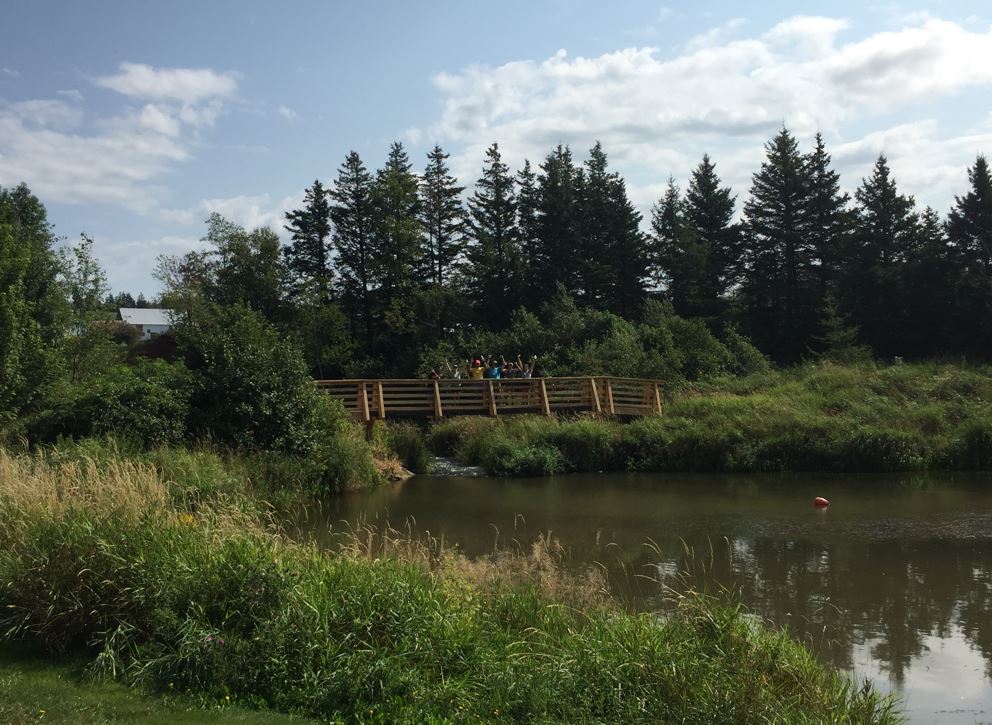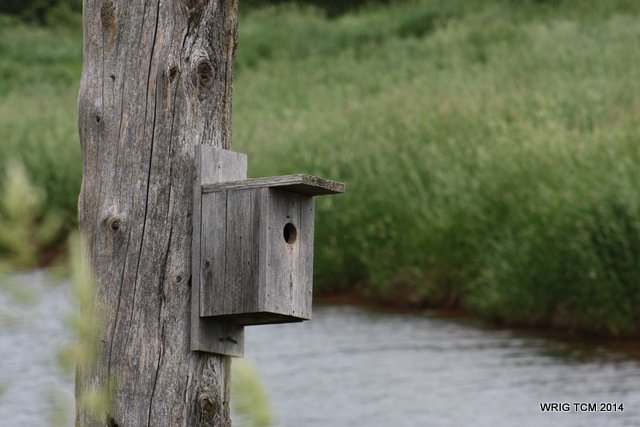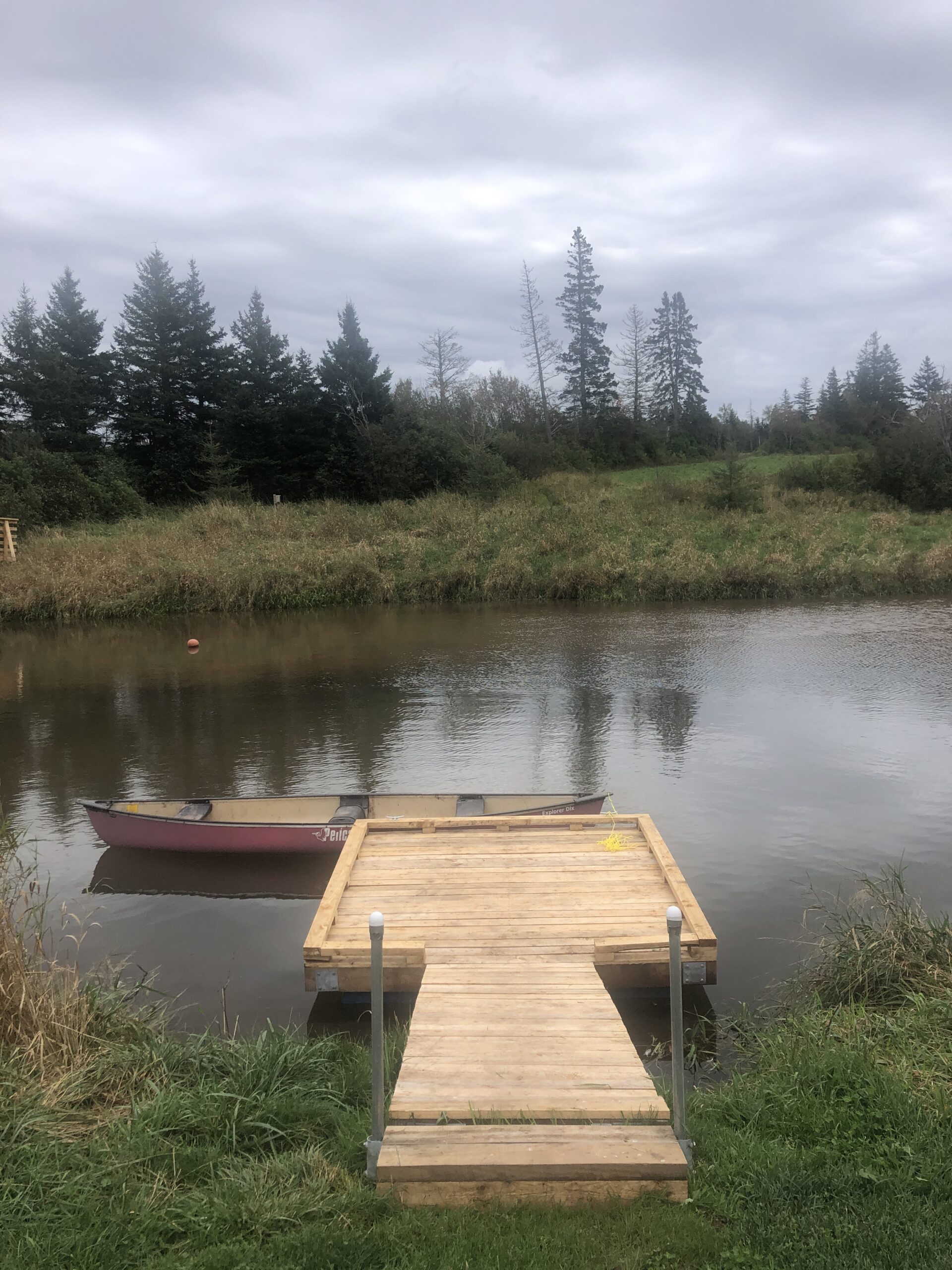As a result of the 2007 Wheatley River Watershed Stewardship Plan, the re-establishment of Rackham’s Pond as a vibrant community area was identified as a priority for watershed residents. Restoration efforts began the following year and the pond was officially re-opened on June 26th, 2010. The stewardship of Rackham’s Pond is guided by the following Stewardship Plan goals:
- Improve ecological diversity and enhance habitat for trout, small mammals, and native plant species.
- Return the area to a natural, historical and cultural focal point of the Wheatley River community and watershed.
- Provide pond/watershed interpretation, trails, and environmental education opportunities.
- Re-establish recreational fishing opportunities through habitat enhancement and improve migration of fish species to natural spawning grounds.
- Eliminate the erosion of the stream bank near the pond exit.
- Create new and improve existing waterfowl habitat.
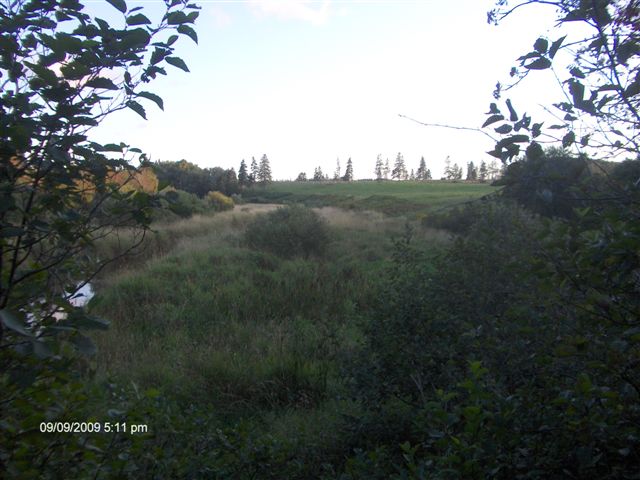
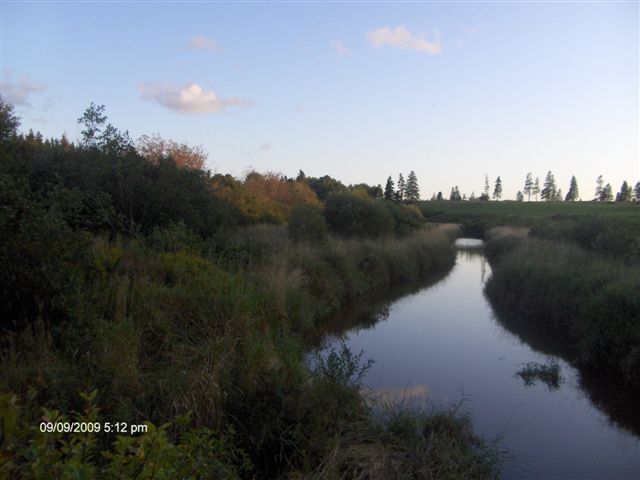
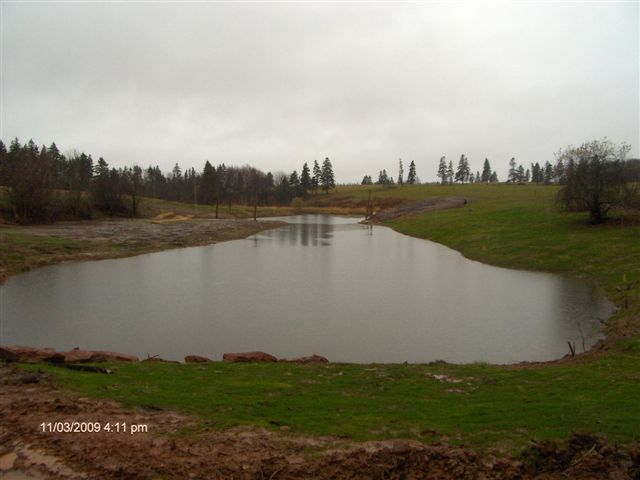

In 2009, the pond was restored to a depth of approximately 10 feet and stocked with brook trout. WRIG continues to maintain and improve the pond, picnic area, and trail system. Recent additions include nesting boxes, a pollinator demonstration garden, a footbridge, and a floating dock. As of fall 2021, WRIG has planted nearly 1500 native trees and shrubs in the pond’s riparian area to improve buffering capacity, reduce erosion, increase biodiversity, and improve wildlife habitat. Additionally, stream restoration activities are ongoing to improve the unnatural channel that formed upstream when the pond was breached.
In the decade since the large-scale restoration, sediment has accumulated in the pond reducing its depth by up to 70%. The summer of 2022 will bring another large-scale restoration to the pond, to improve deep-water refuges for Wheatley River brook trout and increase their resilience to the effects of climate change. WRIG is also developing a sediment management plan and has performed extensive habitat surveys above the pond, which identified areas in need of management. Efforts to mitigate current inputs of sediment to the river, stabilize the riverbank, restore deep-water refuges, and improve the canopy cover along the river are underway.
